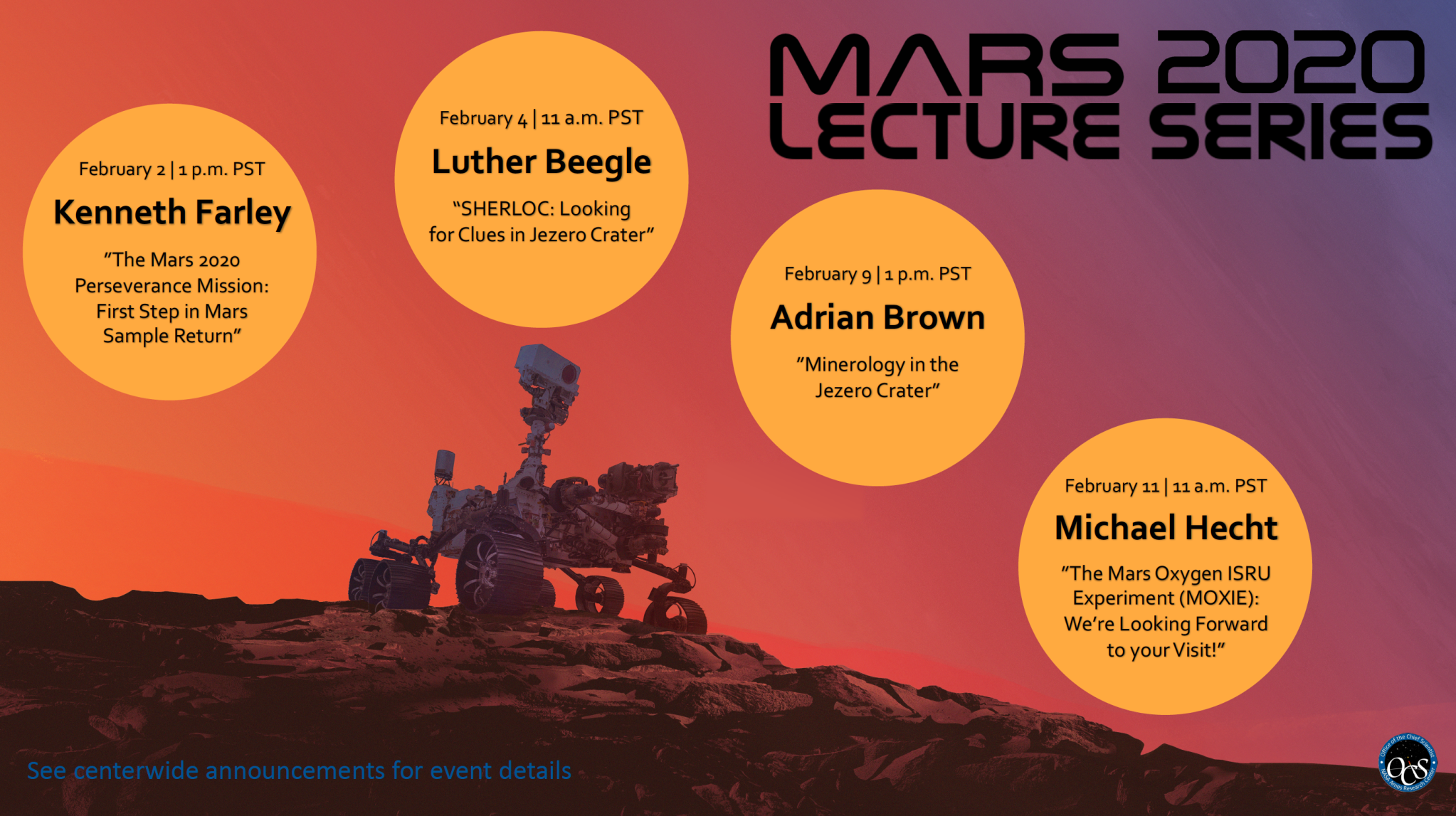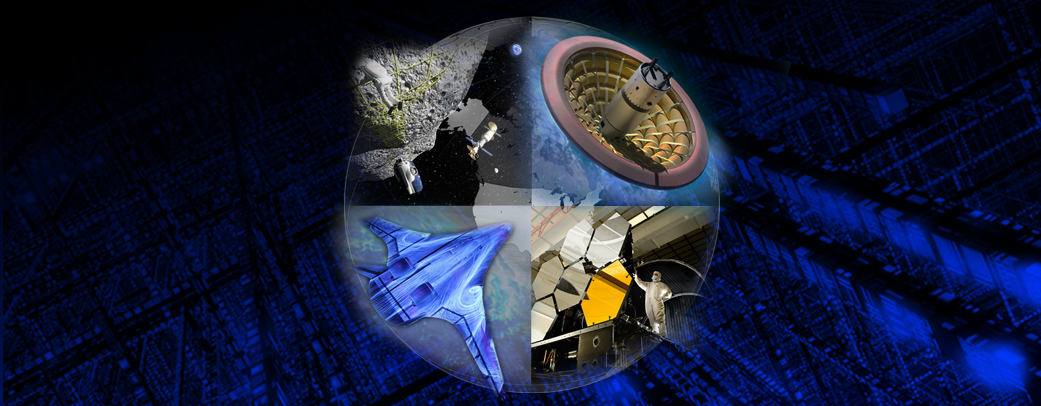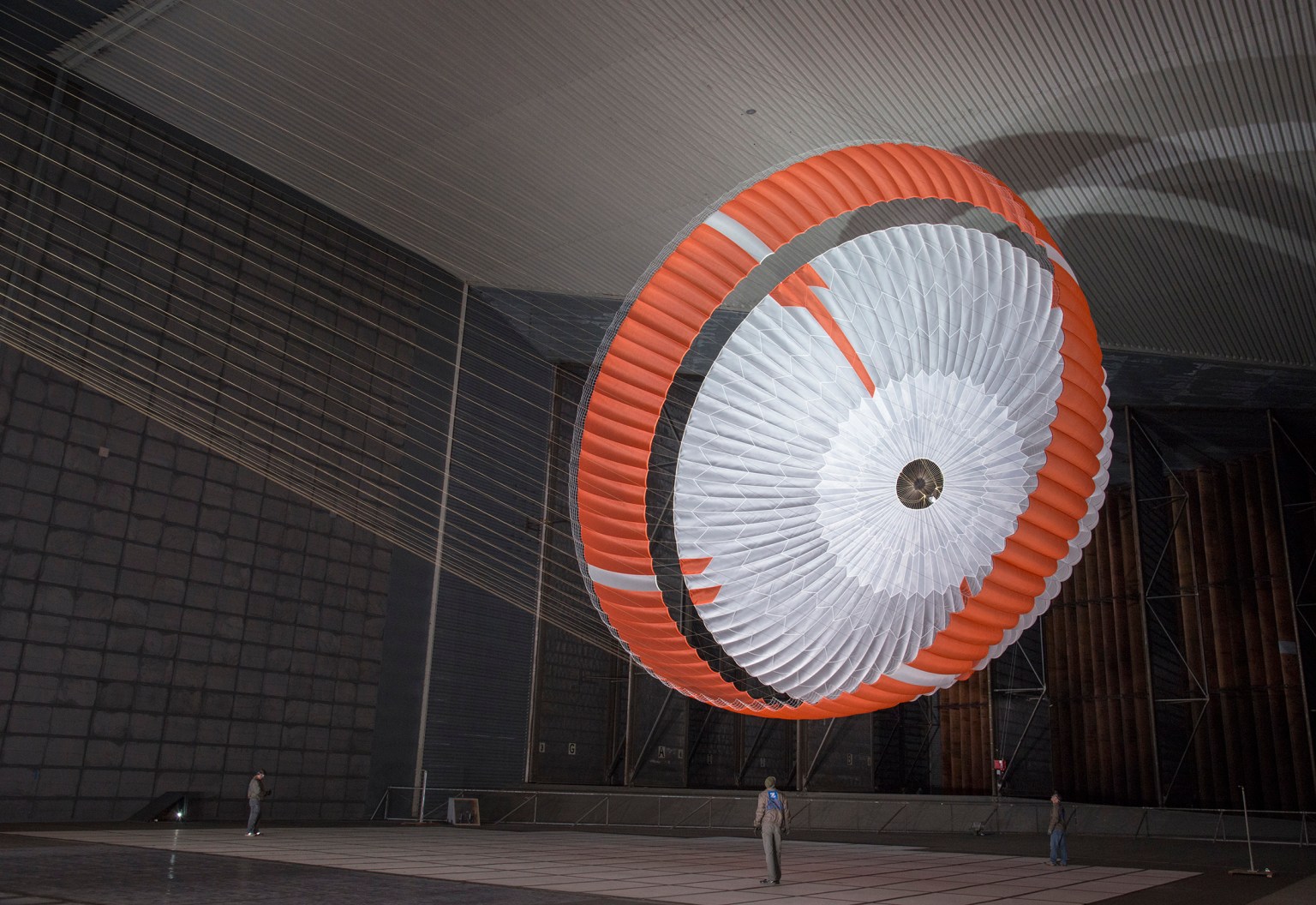“The Mars Oxygen ISRU Experiment (MOXIE): We’re Looking Forward to your Visit!” was presented by Dr. Michael Hecht on February 11, 2021 as the final seminar in the series celebrating the landing the Perseverance rover.
A human return trip from Mars will require more than 25 tons of oxygen. In-situ resource utilization to produce O2 is a viable means of launching from the Martian surface and sustaining a livable environment for human presence on Mars. Please join MOXIE Principal Investigator Mike Hecht for a discussion of how the Perveance Rover will take the critical next step in demonstrating the technology needed to produce oxygen from the Martian atmosphere.
Abstract:
Neil Armstrong’s first steps on the moon on July 20, 1969 has been called the formative event of the Baby Boom generation. For the next generation, will that event be the streaming image of an astronaut taking her first steps on Mars?
Putting astronauts on Mars is a daunting task, not just because Mars is so much farther away than the moon but also because orbital mechanics argue for a stay of about 150 days on the surface, for a total of about two and a half years away from home. Aside from the physical, psychological, and emotional toll of such a long trip, the sheer amount of stuff that needs to be brought along is a potential showstopper. For many years, NASA has been looking for ways to lighten that load. A leading idea in that effort is to use some of the native resources that Mars has to offer — what is known as In Situ Resource Utilization, or ISRU.
When the Perseverance rover lands on Mars it will carry in its belly an instrument called MOXIE, short for the Mars Oxygen ISRU Experiment. MOXIE, led by MIT’s Mike Hecht and developed by JPL, OxEon Energy, and Air Squared, will be NASA’s first significant demonstration of ISRU on Mars. A sort of “electronic tree,” MOXIE will convert small amounts of carbon dioxide from the Martian atmosphere into breathable oxygen.
Mike will explain how MOXIE works, why it’s important, and how the ability to produce oxygen will make a significant dent in the manifest for a human mission to Mars.
Biography:
Michael Hecht is the Associate Director for Research Management at MIT’s Haystack Observatory and the Principal Investigator of the MOXIE experiment on NASA’s Perseverance Rover. For most of 2020 he also served as Deputy Director of the Event Horizon Telescope, the project that revealed to the world the first image of a black hole in April, 2019. Prior to coming to MIT in 2012, Mike spent 30 years at JPL where, among other accomplishments, he was the Principal Investigator for the MECA instrument on the Phoenix mission in 2008.





























